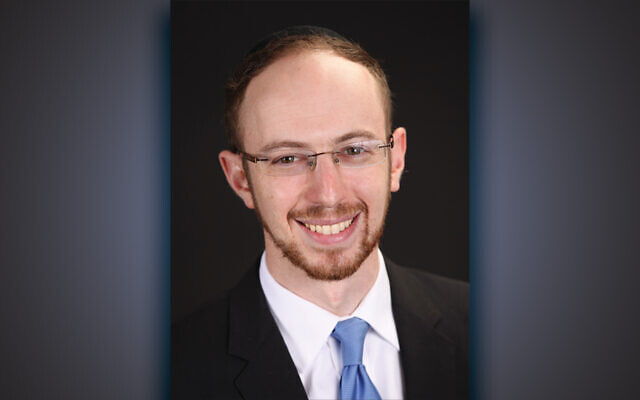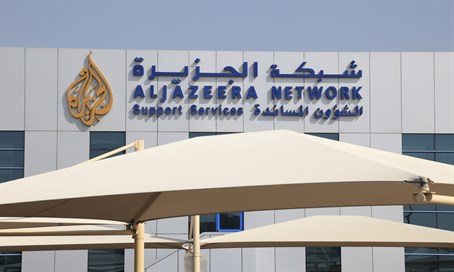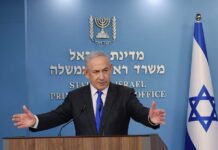
It was a beautiful, heart-warming day in the illustrious history of Congregation Bnai Yeshurun, as Rabbi Elliot Schrier was formally installed as the rov of the pioneering institution from which sprang the vibrant Teaneck-Bergenfield-New Milford Orthodox community.
Rabbi Elliot Schrier comes to Teaneck’s Bnai Yeshurun from the Albert Einstein Synagogue at the Albert Einstein College of Medicine in the Bronx, where he’s been since 2016. His brother, Rabbi Robbie Schrier, is the resident scholar at Fair Lawn’s Congregation Darchei Noam.
At the formal hachtarah event, CBY President Dr. Steven Becker welcomed the attendees and thanked the many people who contributed to the shul’s rabbinic search, selection and integration processes.
Rabbi Emeritus Steven Pruzansky then rose to the pulpit and presented what he believes are the most critical attributes of a successful rav: mentchlichkeit, ahavas haTorah, and ahavas Yisroel. A pulpit rabbi is “in the people business,” he explained. His advice to his successor: “Cherish the
members. Become part of people’s lives; they will become part of yours.”
Associate Rabbi Ari Zahtz then introduced keynote speaker Rabbi Dr. Ari Berman, President of Yeshiva University. Turning his attention to Rabbi Schrier, Dr. Berman said there are “good rabbis, great rabbis, and exceptional rabbis,” and Rabbi Schrier’s unique skills and personality
placed him in the “exceptional” class. He characterized Rabbi Schrier as “a talmid chochom of the first order….humble, kind, caring….relentless energy.”
Assistant Rabbi Yosef Weinberger then introduced Rabbi Menachem Penner, the dean of RIETS.
Finally, the new rov rose and addressed the congregation. He expressed his appreciation for all the efforts to welcome and integrate him and his family into Bnai Yeshurun. Explaining that he wanted the focus on “this wonderful congregation” and not on him, personally, Rabbi Schrier described the earliest days of the congregation, of the vision of the founding families, of the shul’s remarkable growth to become an “important institution for the Jewish world at large.” “What is Bnai Yeshurun?” he asked. “What do these words signify?”
Bnai Yeshurun, he said, must be more than words emblazoned on its walls and it must encompass both understandings of the word yeshurun. It must be a celebration of all that has been done, a celebration of the present. But it must also connote anticipation, a longing to achieve new heights. How appropriate, he noted, that at the celebratory sheva brachos of a newly married couple, we say birkas yeshurun, relishing the present but also optimistically looking forward to a bright future.
“We must not get complacent. Rather, we should be striving for personal and communal growth and redemption. We are an old and storied kehilla,” concluded Rabbi Schrier. “Celebrate. Be thankful. At the same time, we must tap into the pioneering spirit of our shul’s founders. We need to resist lethargy of the spirit. Take hold of the torch. There are many miles on the road before us.”
Following the formal portion of the installation, the entire congregation adjourned to the social hall. The rov and Rebbetzin Rena Schrier continued to meet the members of Congregation Bnai Yeshurun.
The day was capped with an evening shiur in Bnai Yeshurun’s Beis Medrash by Rabbi Schrier’s rebbi, Rav Michael Rosensweig, Rosh Yeshiva at RIETS and Rosh Kollel of the Beren Kollel Elyon. His topic was Semicha and the halachic nature of rabbinic authority, and he traced some aspects of the evolution of rabbinic semicha from the days of Moshe and Yehoshua until our time.
{D. Stein – Matzav.com}












mazal tov and much hatzlacha!
from your cousins